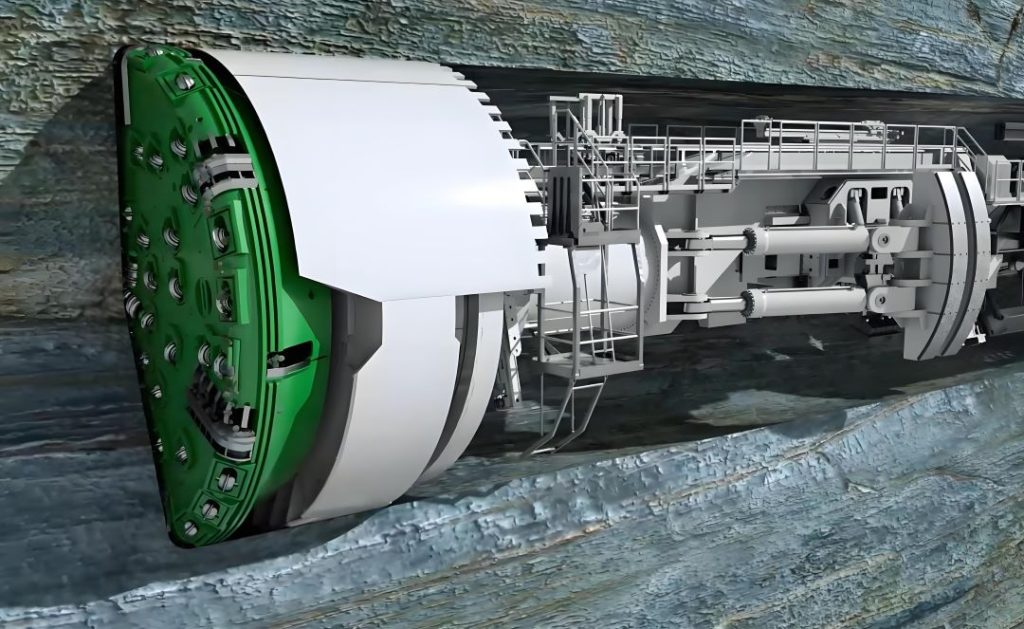How fast is the tunnel digging machine? The speed at which a tunnel digger, more commonly known as a Tunnel Boring Machine (TBM), operates can vary significantly depending on several factors. These include the type of TBM being used, the geological conditions it encounters, and the design specifications of the tunnel project.

Types of Tunnel Boring Machines
1. Earth Pressure Balance (EPB) TBMs : These machines are designed for softer ground conditions such as clays and silts. They operate by maintaining earth pressure in front of the cutting wheel to stabilize the face of the excavation. EPB TBMs typically advance at rates between 20 to 50 meters per week.
2. Hard Rock TBMs : Also known as rock TBMs, these machines are equipped with disc cutters or roller bits that grind through solid rock. Their advancement rate can range from about 10 to 30 meters per week but can sometimes reach up to 40 meters per week under optimal conditions.
3. Mix Shield TBMs : These are hybrid machines capable of dealing with mixed geologies, including both soft soil and hard rock layers. The speed of mix shield TBMs varies widely based on the conditions they encounter, averaging around 15 to 40 meters per week.
Factors Influencing Speed
- Geological Conditions : Harder rocks generally slow down the digging process compared to softer soils.
- Ground Water Conditions : High water tables can complicate the drilling process, affecting the speed of the TBM.
- Design Specifications : The diameter and alignment of the tunnel can influence how quickly the machine can progress.
- Machine Maintenance : Regular maintenance is crucial to keep the TBM operating efficiently. Downtime due to maintenance can affect overall productivity.
- Logistics and Support Systems : Adequate ventilation, power supply, and material handling systems are necessary to support continuous operation.
Case Studies
For instance, during the construction of the Channel Tunnel linking England and France, the average speed of the TBMs was approximately 12 kilometers per year, taking into account various stoppages and adjustments. Similarly, in the construction of the Gotthard Base Tunnel in Switzerland-the world's longest railway tunnel-TBMs advanced at an average rate of about 8 meters per day, considering the extremely challenging Alpine geology.
In summary, while there’s no fixed answer to how fast a tunnel digger works, understanding the type of machine, the specific environmental challenges, and operational logistics provides a clearer picture of its performance capacity. Advances in technology continue to push the boundaries of what is possible in terms of speed and efficiency in tunneling operations.




